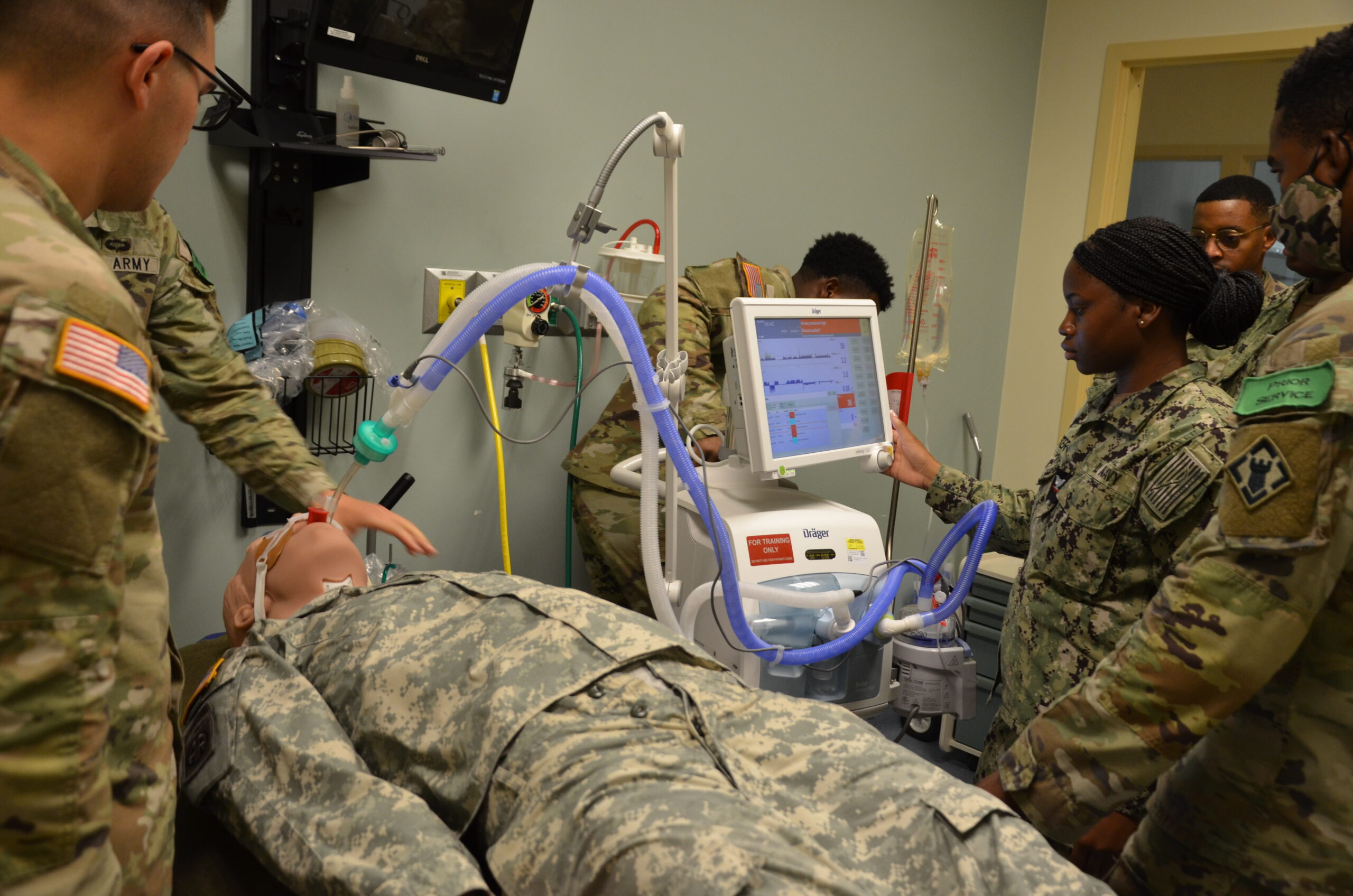
The COVID-19 vaccine has been a hot topic for several months now. With millions of people in the United States alone flooding to receive their vaccinations. Eager to get back to normal life, the demand for those trained to give the vaccine has widened. It was a win for RTs everywhere in March, when President Biden added RTs to the list of qualified professionals who can administer the vaccine. Since then, RTs have been in countless photos featured in news articles across the country helping save lives, but this time on the front end.
With the need for qualified professionals expanding, many RT students have stepped up to answer the call and do their part in ending COVID-19. AARC member, Richard Nelson, MD, MSRC, RRT-NPS, RCP, who currently serves as the Program Director at Loma Linda University, shared how his department of students were able to vaccinate the public on AARConnect. We decided to speak with Nelson to discuss his experiences further and maybe give insight to other program directors who are looking to follow suite.
How it all started
“Our university vaccine center director asked for our help and we responded immediately with a clinical schedule of students rotating at the outpatient vaccine clinic under supervision of the pharmacist-in-charge,” Nelson said.
Nelson a.k.a. the “vaccinator trainer,” both didactic and practical, trained the entry level BS respiratory care students at Loma Linda to learn the best and safest practices for deltoid intramuscular (IM) injections.
“As integrated into an annual program course, all of our students are trained in administering deltoid IM injections,” Nelson said. “They complete a CDC course on vaccine administration and university training on the prevention of shoulder injury related to vaccine administration (SIRVA). Then they each completed 25 deltoid IM injections under direct mentoring before being signed off using a three page clinical competency evaluation form. Prior to each IM injection, proper position was verified by the mentor and all documentation countersigned by a California licensed RCP.”
Students take charge
The respiratory care students at Loma Linda have played an active role in disease prevention since day one of the pandemic.
“Our program had designed a plan for influenza and pneumococcal vaccine training several years ago under the support of our medical director, N. Lennar Specht, MD,” Nelson said. “When the pandemic hit, our students were a resource to join the already limited supply of vaccinators in our regional public vaccine center alongside nurses and nursing students, pharmacists, dentists, physicians, and physician assistants.”
 RT student Sophia Cordura administering a vaccine.
RT student Sophia Cordura administering a vaccine.Nelson was able to witness many students step up as he was present on every clinic day. Students like entry level BS student, Sophia Cordura.
“The students recognized that the IM injection technique was easier to master in comparison to arterial puncture but were excited to have the opportunity,” Nelson said. “One positive aspect was the interdisciplinary interaction with other students and faculty. After our students had all been signed off for competencies, they were unexpectedly paired up with wave after wave of medical students to share their knowledge and demonstrate IM injections. One of our junior students shared with me that she never dreamed that she would be sharing her skills with medical students.”
The Loma Linda RT students had the opportunity to vaccinate in clinics off campus with students from other disciplines.
“Our pharmacist in charge was so happy with our student that she insisted on hosting a party for our students at the end of their rotation,” Nelson said.
A win for everyone
Not only have the RT students at Loma Linda received high praise, Nelson shared that they had no documented instance of SIRVA during tracking of the first 1,500 deltoid IM injections administered by the students.
Since posting about his experience on AARConnect, Nelson has been in contact with other educators to compare notes.
“Another educator shared their vaccine training experience, we compared notes, and I shared our competency document,” Nelson said. “When we started vaccinating the 12-15 year old age group, our students really enjoyed the outpatient family oriented experience with time allowed to share about the respiratory care profession. One of the patients I vaccinated has since applied and been accepted into our respiratory care program.”
Email newsroom@aarc.org with questions or comments, we’d love to hear from you.












